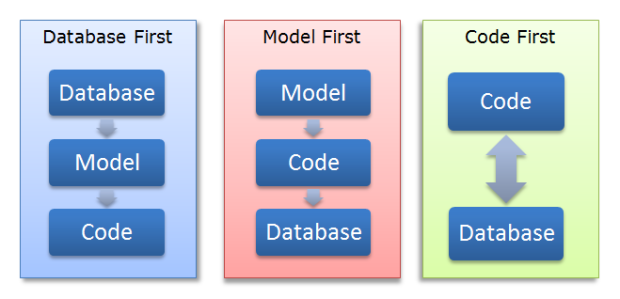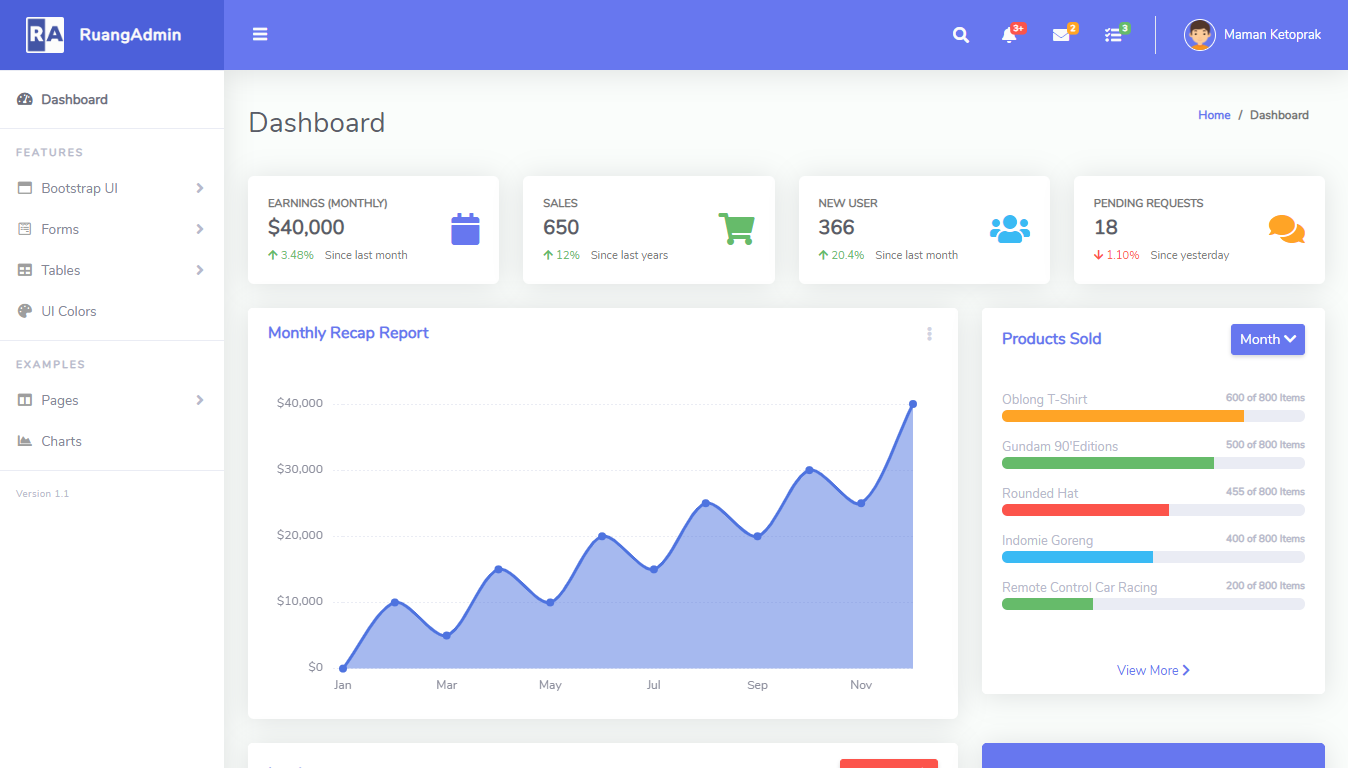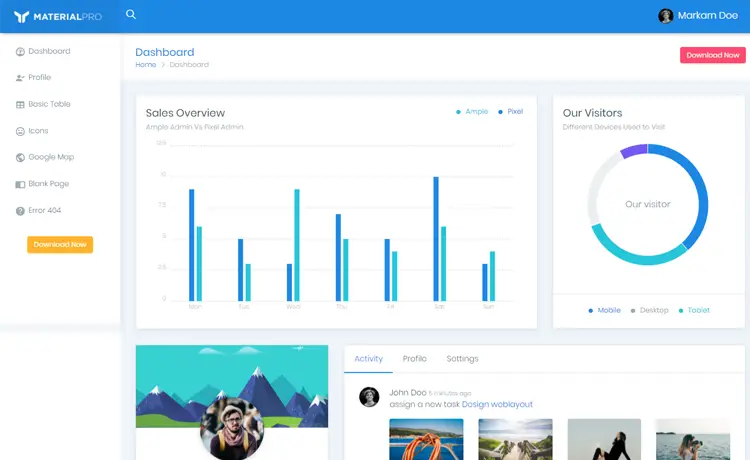Top Security Best Practices for ASP.NET
By Tan Lee Published on Mar 29, 2025 341
In this guide, we’ll walk you through the essential security best practices every ASP.NET developer should know. These strategies will not only bolster the security of your web applications but will also streamline your development process, making it more efficient and resilient.
What is ASP.NET?
ASP.NET is a widely-used framework for developing dynamic web applications and APIs using Microsoft's .NET runtime. Given its popularity, especially in enterprise environments, ASP.NET applications often handle sensitive data and require robust availability. In such cases, adhering to security best practices is not just optional it’s absolutely essential.
ASP.NET Security Best Practices
1. Enforce HTTPS
Using HTTPS ensures secure communication between your server and client by encrypting the data. This prevents attackers from intercepting or tampering with sensitive information.
In your ASP.NET application, enforce HTTPS by adding the RequireHttpsAttribute in your Global.asax file:
protected void Application_Start()
{
GlobalFilters.Filters.Add(new RequireHttpsAttribute());
}2. Use Anti-Forgery Tokens
Cross-Site Request Forgery (CSRF) attacks can exploit an authenticated user’s session to send malicious requests on their behalf. Anti-forgery tokens prevent this type of attack by ensuring that requests are legitimate.
Add the anti-forgery token in your Razor views with the following code:
@using (Html.BeginForm())
{
@Html.AntiForgeryToken()
}3. Validate Input
Validating user input is critical in preventing injection attacks such as SQL injection and Cross-Site Scripting (XSS). Without proper input validation, malicious users can exploit vulnerabilities to inject harmful code.
Use ASP.NET’s built-in validation controls or data annotations to validate input. For example:
[Required]
[Display(Name = "Username")]
public string UserName { get; set; }4. Implement Authentication and Authorization
Strong authentication and authorization mechanisms ensure that only legitimate users have access to sensitive parts of your application.
Use ASP.NET Identity for role-based authentication:
[Authorize(Roles = "Admin")]
public ActionResult Dashboard()
{
return View();
}5. Secure Session Management
Session management is crucial to protect sensitive data. If session tokens are compromised, attackers can hijack user sessions, gaining unauthorized access to personal information and application features.
Store sensitive information server-side and use secure, HTTP-only cookies for session tokens:
Session["UserId"] = user.UserId;
6. Encrypt Configuration Files
Configuration files often contain sensitive data such as database connection strings or API keys. If not properly encrypted, these files can become easy targets for attackers.
Use the aspnet_regiis.exe tool to encrypt sensitive sections of your Web.config file. For instance:
aspnet_regiis -pe "connectionStrings" -app "/DemoApp"
7. Implement Error Handling
Detailed error messages can expose sensitive information such as stack traces or database queries, providing attackers with insights into your system’s inner workings.
Configure custom error pages and avoid displaying detailed error messages in production:
<customErrors mode="On" defaultRedirect="ErrorPage.html"/>
8. Regularly Update Framework and Libraries
Security vulnerabilities are often patched in new updates. By regularly updating your ASP.NET framework and libraries, you ensure that your application is protected from known vulnerabilities.
Regularly check for updates to ASP.NET and any third-party libraries. Tools like OWASP Dependency Check can help you identify outdated dependencies.
9. Logging and Monitoring
Logging and monitoring provide critical insights into your application’s security status. By keeping detailed logs, you can detect unusual activities and quickly respond to potential threats.
Use logging libraries like NLog or Serilog to capture logs, and ensure that these logs are regularly monitored for signs of malicious behavior.
10. Perform Proper Security Testing
Security testing is essential to uncover vulnerabilities that could otherwise go unnoticed. According to Escape’s research, over 90% of public APIs have one or more security flaws.
Use .NET testing frameworks like NUnit to create custom security tests.
using NUnit.Framework;
using Moq;
using System.Web.Mvc;
using MyApplication.Controllers;
[TestFixture]
public class SecureControllerTests
{
[Test]
public void TestAdminOnlyAction_AccessedByAdmin_ReturnsView()
{
// Add your assertions here
}
}Conclusion
By implementing these 10 key security practices, you’ll significantly improve the resilience and safety of your ASP.NET applications. With the increasing frequency and sophistication of cyberattacks, it’s more crucial than ever to follow security best practices to protect both your application and its users.
- Implement security headers for an ASP.NET Core
- How to Initialize TagHelpers in ASP.NET Core with Shared Data
- Essential Tips for Securing Your ASP.NET Website
- Boost Your ASP.NET Core Website Performance with .NET Profiler
- The name 'Session' does not exist in the current context
- Implementing Two-Factor Authentication with Google Authenticator in ASP.NET Core
- How to securely reverse-proxy ASP.NET Core
- How to Retrieve Client IP in ASP.NET Core Behind a Reverse Proxy





